The world’s first highly sustainable and environmentally friendly organic material made of Nopal cactus, also known as the prickly pear. Produced in a large variety of colors, thicknesses, and textures. Desserto® can exceed the demands of an ever-evolving industry.
-
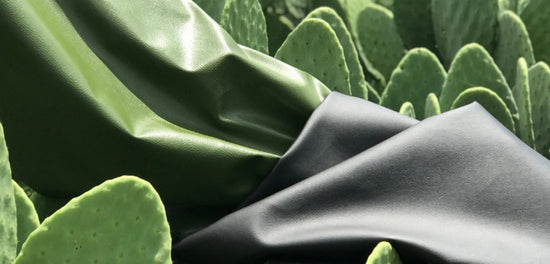
Innovation Developed in a
Responsible WayHere in México, in the state of Zacatecas, we have a ranch where we grow our raw material: cactus. At the ranch, we select and cut only the mature leaves of the plant without damaging the cactus itself, so every 6-8 months we will have a new harvest. Also, we do not use an irrigation system for the cactus, it grows with rain water and the earth minerals which are rich in Zacatecas and great for the variety of cactus that we plant. The selected cactus is very resilient and strong, it can handle low temperatures during winter without dying and its thorns are very small so it’s easier and safer for our agriculture team to harvest.
The cactus plantation is perennial, meaning that we only plant one time, and the plantation last for about 8 years, different from other C3 plantations such as corn which has to be cultivated, harvested, and then cultivated again annually. The cactus species we cultivate is native and typical of the region, it is a CAM (Crassulacean Acid Metabolism) plant, its metabolism protects water and it doesn’t operate during daytime generating chlorophyll as most plants do. Cactus absorbs CO2 during the night because only when the environment is fresh does the plant open its stoma capturing CO2, generating oxygen, and absorbing water present in the atmosphere which normally comes from the morning dew. C3 plants have a chlorophyll metabolism, these C3 plants need on average 1,000 liters of water to produce 1 kilogram of dry matter/material while cactus (CAM) only needs 200 liters, however, these 200 liters are absorbed by the plant itself through its natural hygroscopic mechanism.
At the farm, we haven’t cut down any trees, opposite that, as we plant a native cactus from the region the plantations match biodiversity and blend with wild flora. Being our plantation fully organic there is no harm to the biodiversity, also, our natural techniques stimulate the micro-flora and micro-fauna in the ground which is maintained without damage and wild fauna like hawks find a favorable environment with aliment.
Within the ranch, after cutting the mature leaves, we dry them under the sun for three days until achieving the exact humidity levels that we seek. So, there’s no additional energy used in this drying process. Then we process the organic raw material to make it part of our patented formula which allows us to make Desserto®. Please note that the ranch is fully organic, so there are no herbicides nor pesticides used. All the remaining organic cactus material not used in our process is exported and sold nationally in the food industry.
-
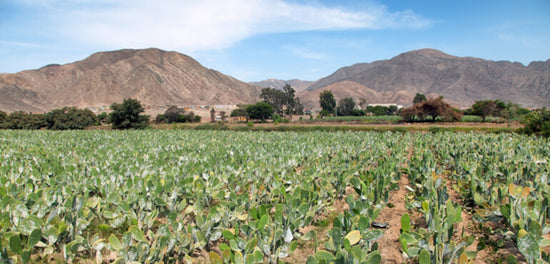
The top 10 sustainable facts
of Desserto® organic
cactus feed-stock:Biodiversity amelioration in the region.
Reverts Land Use Change (LUC).
Enrichment of soil micro-flora and micro-fauna through native and typical organic cactus afforestation.
Huge savings in water as no irrigation is applied.
Environmental preservation as no chemicals are used like herbicides or pesticides.
Cactus is left unharmed to enable repeated harvesting from the same plant.
Energy savings by drying the feed-stock in a solarium.
No cross-industry conflict as the byproduct is directed to the food industry in an increased value form which is more attractive, and stimulates the agricultural sector to plant more cactus.
Full vision and traceability of the farm to ensure sustainable social practices.
Technological enhancements at the fields.
-
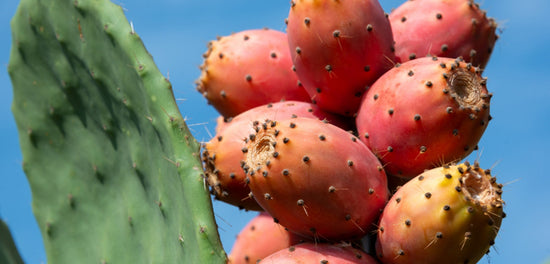
Cactus CO2
sequestering capacity:Cactus is a natural carbon sink, it has a great CO2 sequestering capacity. From our 14 acres, we are able to absorb 8,100 tons of CO2/year while at the farm we only generate 15.30 tons of CO2 annually.
-
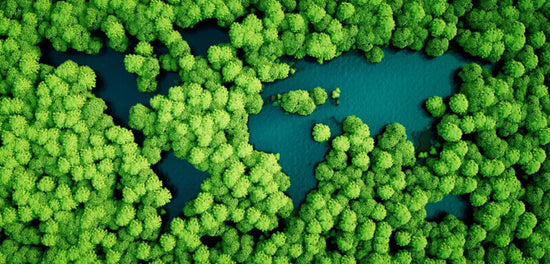
Why Plant-Based Material
By now all of us know that ‘’The Amazon is the Lungs of the Earth’’
It means that the Amazon is home to 200 million cattle - not Logging but cattle.
Cattle ranching is the largest driver of Amazon deforestation.
450,000 sq. km. of Brazil rain forest now is pasture, for comparison, Germany is 350,000 sq. km. UK is 240,000 sq.km.
It is often said that a piece of a hamburger is a piece of the Amazon.
20% of the Amazon has been destroyed. An area the size of the UK is lost every year, although sometimes is much higher. -
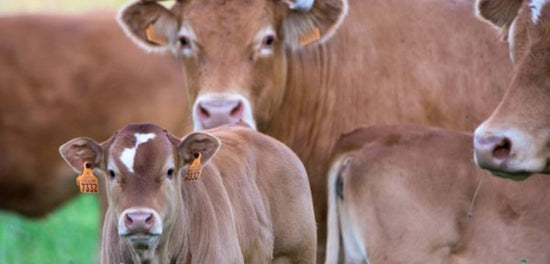
72 Billion Animals Are
Slaughtered Every Year1/3 of a million tons of fish are caught each year for cattle feed.
1/3 of all cropland is required for animal feed.
By 2025 the demand for meat will rise by 33% to 40% estimated.
Leather production - it is argued that the skin is a by-product of the meat industry. They argued that environmentally, the tanning industry is simply converting a product that would -otherwise go to a landfill. From an environmental view (not Vegan) this argument is valid were it not for the tremendous environmental harm the tanning industry causes worldwide.Chromium-tanned leather is the most popular form of producing leather these days, and one of the most noxious. It relies on a toxic slush of Chromium salts and tanning liquor.
-
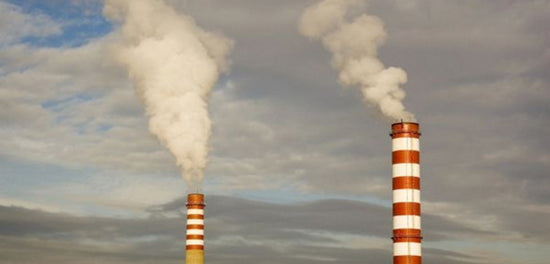
Even in Fully Modernized
Tanneries, It is Nearly
Impossible to Reclaim All
the Pollutants Generated
by the Tanning ProcessingAs a rule of thumb, tanning one ton of hide typically results in 20 to 80 cubic meters of wastewater with Chromium concentrations around 250 mg/L and Sulphide concentrations at roughly 500 mg/L, not to mention the offal effluence from the preparation phase and the pesticides often added to keep mold growth down during transportation to the facility.
70% of an untreated hide is eventually discarded as a solid waste - the hair, fat, meat, and sinew all go straight into a landfill. Wastewater pollution is primarily a by-product of the initial preparation stage, wherein bits of flesh, hair, mold, excrement, and other animal by-products are mixed into wash water and discarded.
-
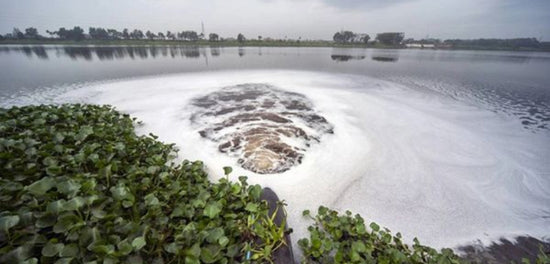
“The Leather City of the World’’
For example, in Kanpur, India - the self-proclaimed ''Leather City of the World'' this city once housed more than 10,000 tanneries which, in 2003, were dumping more than 22 tons of effluence into the Ganges river every day. The city acted in 2009, sealing 49 of the highest-polluting tanneries in town - out of a list of 404 heavy polluters.
-
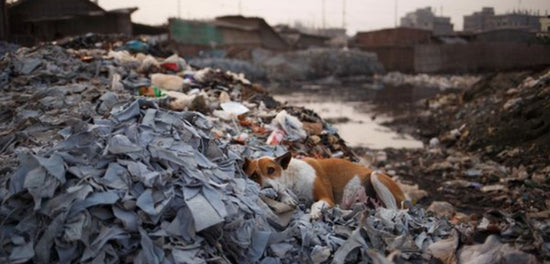
The Hazaribagh Neighborhood
The Hazaribagh neighborhood of the capital city Dhaka was rated as one of the five most toxic, heavily polluted sites on the entire planet by the Blacksmith Institute.
Cow-derived leather has almost three times the negative environmental impact as its synthetic counterparts, including polyurethane (PU) leather.
Leather has the greatest impact on eutrophication, a serious ecological problem in which runoff waste creates an overgrowth of plant life in water systems.
-
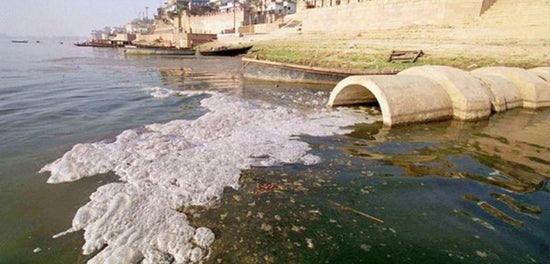
Around 80% of
Leather Worldwide is
Tanned Using ChromeThe Indian leather industry releases large amounts of toxic chemicals and acidic effluents concentrated with heavy metal Chromium, Cadmium, Lead, Arsenic, Cobalt, Copper, Iron, Zinc, and Manganese. All these highly potent chemicals make their way into the Ganges.
-
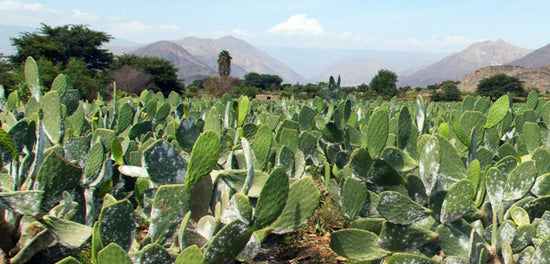
Organic Cactus and CO2
Sequestering CapacityNowadays climate change is one of the biggest challenges that humanity has to face, in the future prolonged droughts and desertification are the subjects - among others-, that will address several countries, specifically in Africa and Asia, where farmers and small producers of low-income will become seriously affected. If people want to survive in these harsh conditions, their crops must need to tolerate drought, high temperatures, and poor soils.
Cacti interest around the world has grown with a special focus on nopal (Opuntia ficus-indica) because of its unique characteristics, which provide it with resilience towards the limiting conditions previously mentioned. The nopal is capable of growing on land where other crops won’t prosper. It can be used for the restoration of degraded land in many countries, it is the only crop that can be trusted where all the others have failed. This plant in its own right should be among the miracles of nature. The cultivation of nopal originated in Mexico which is still the main producer and consumer in the world.
The increase of nopal plantations can be a strategy to relieve the accumulation of CO2 in the atmosphere. Nopal plantations can be used as water and carbon reserves in arid and semi-arid regions where the climate is erratic.
The nopal is a CAM (Crassulacean Acid Metabolism), its ecological success is mainly attributed to its peculiar daily pattern of carbon fixation and water loss, which occur mainly at night. Similar to other CAM plants, the nopal opens its stomata at night to fix CO2 since night temperatures are lower than daytime ones, and relative humidity is in general higher, transpiration of CAM plants is about three to four times lower than of C3 and C4 plant species respectively. The result is a tremendous efficiency increase in the use of water and in the ability of the plant to survive on semi-arid environment which are characterized for having a restricted water availability (200-300mm of annual rain) or where long periods of drought and high temperatures occur.
Characteristics (Nopal CAM compared to C3 and C4 plants)- Water content and storage: CAM 90-95% whereas C3 and C4 40-70%- Water loss: 20 to 30% of what C3 and C4 loss.- Low root proportions: CAM grows faster.- Management of water: CAM internal water recycling system from the parenchyma to the chlorenchyma maintaining the turgor of the photosynthetic tissue over a wide range of moisture content. -
Cactus is a natural carbon sink, it has a great CO2 sequestering capacity.
From our 14 acres, we are able to absorb 8,100 tons of CO2/year while at the farm we only generate 15.30 tons of CO2 annually.
It takes approximately 3 leaves of cactus to create one linear meter of Desserto.
We only cut the mature leaves of the plant without damaging the plant itself, enabling repeat harvest every 6-8 months from the same plants.
Our USDA certified cactus is grown in an organic farming system in the fertile and mineral-rich region of Zacatecas, Mexico.
We do not compete with food, we are giving cactus its highest value!
50% of our processed harvest is directed to the food industry benefiting the farm. Two industries can co-exist with a single crop (feed-stock).
Cactus naturally regenerates soil.
It only takes 200 liters to grow one kilogram of cactus biomass which water is absorbed by the plant itself from humidity present in the atmosphere, compared to 1000 liters (on average) to grow the same kilogram from other crops.
Cactus is a tough and resilient specie, adapted to extreme conditions able to survive in areas where nothing else will grow.
Cacti can grow in severely degraded soils, which are inadequate for other crops.










